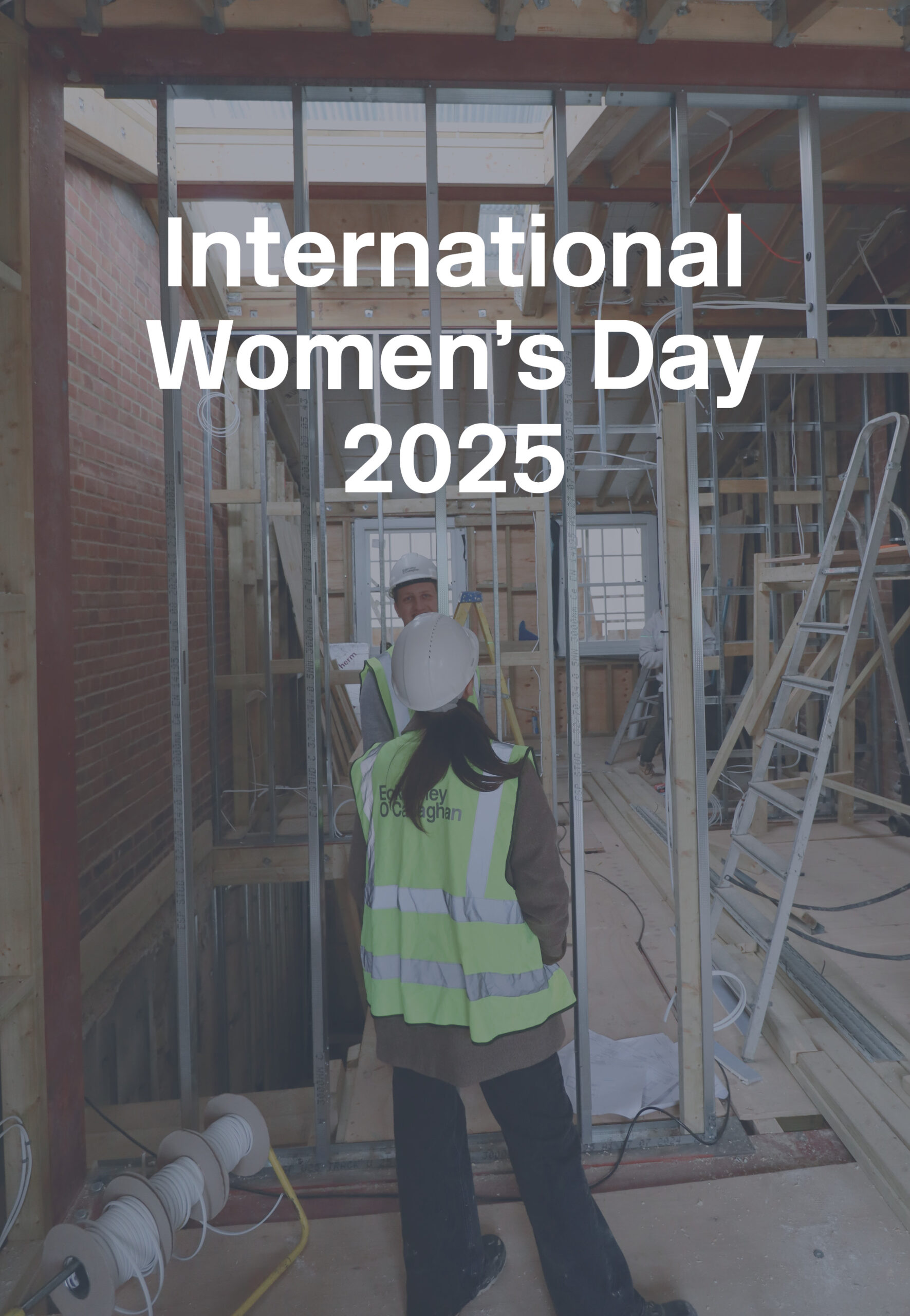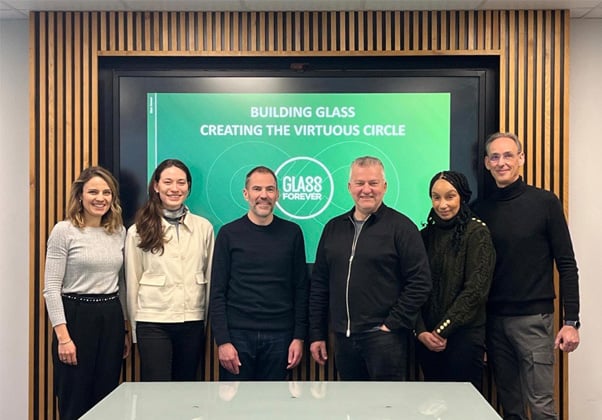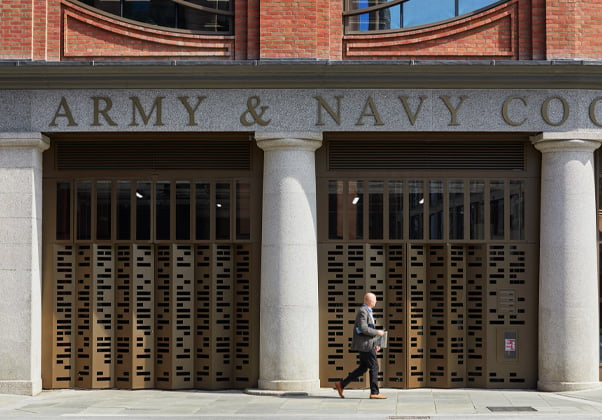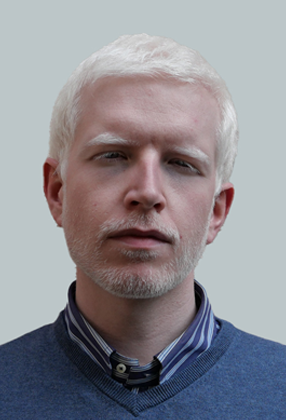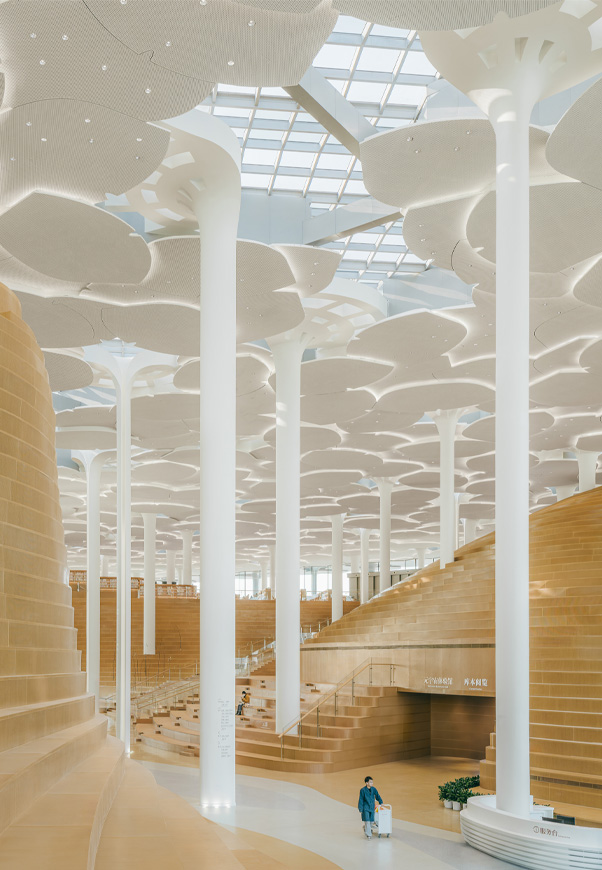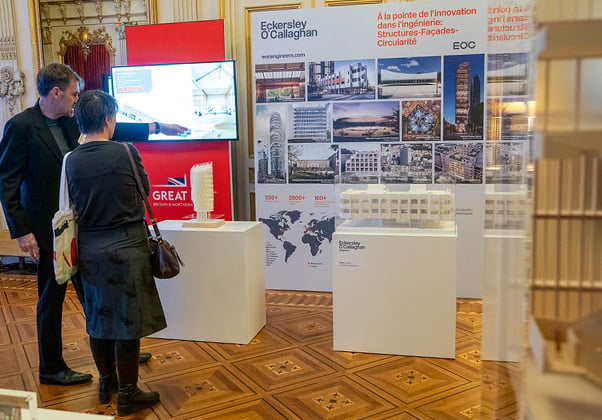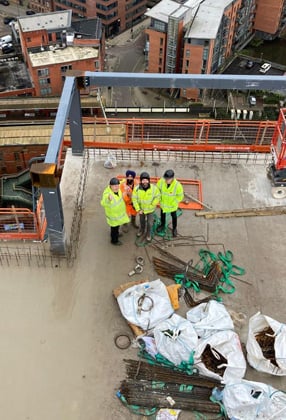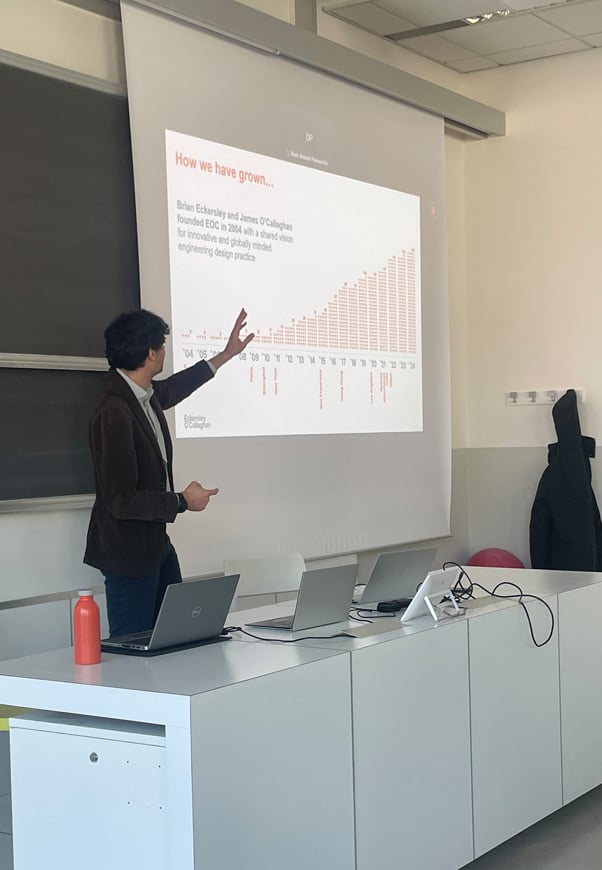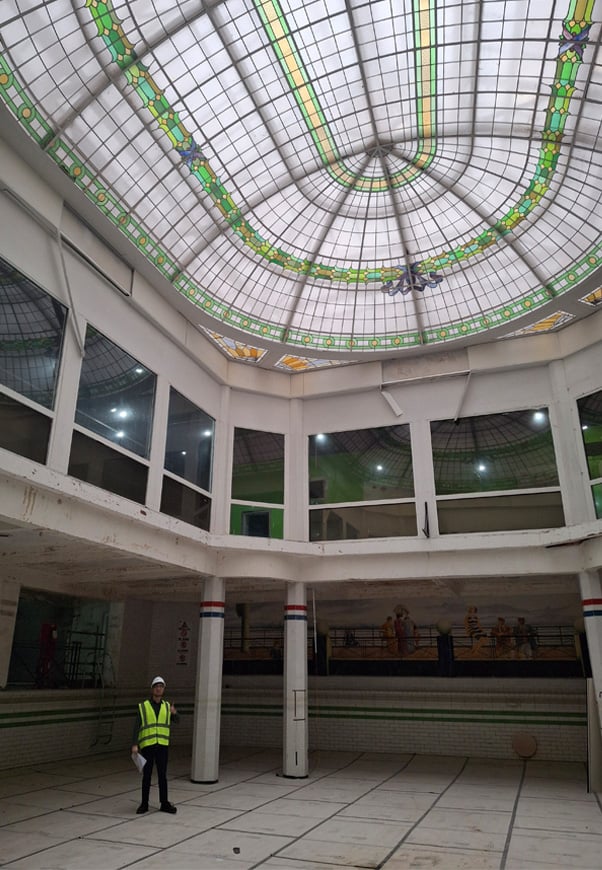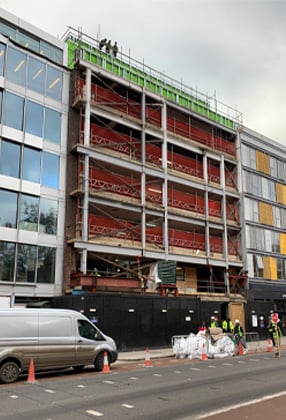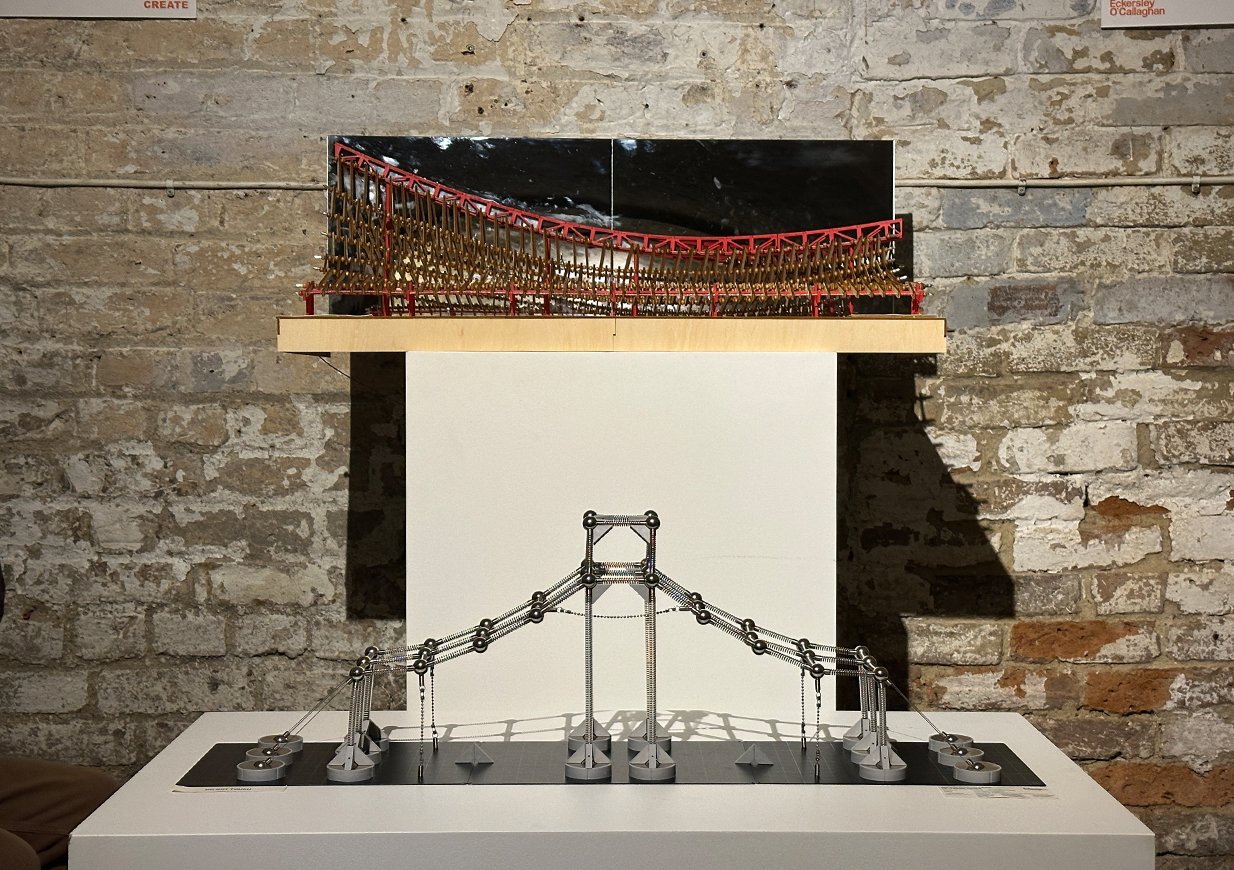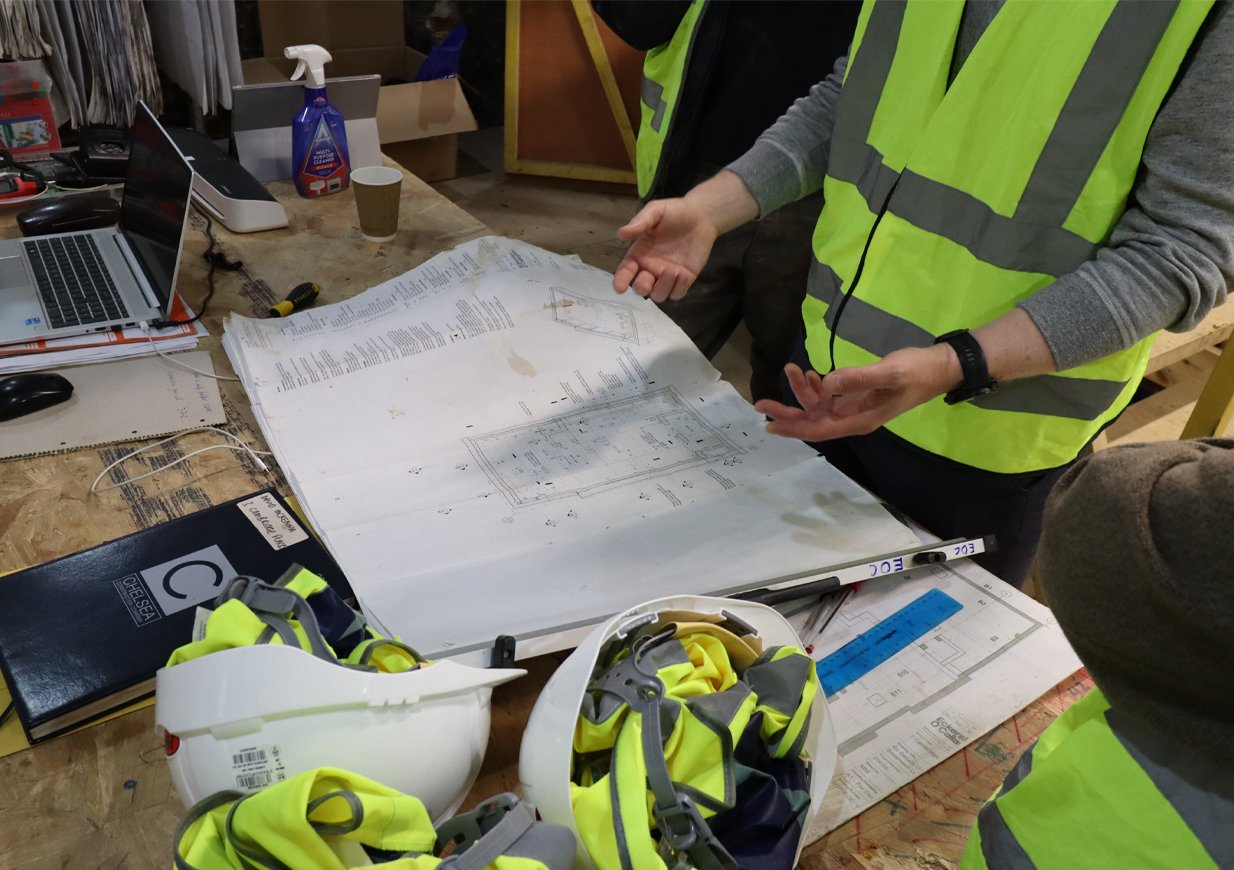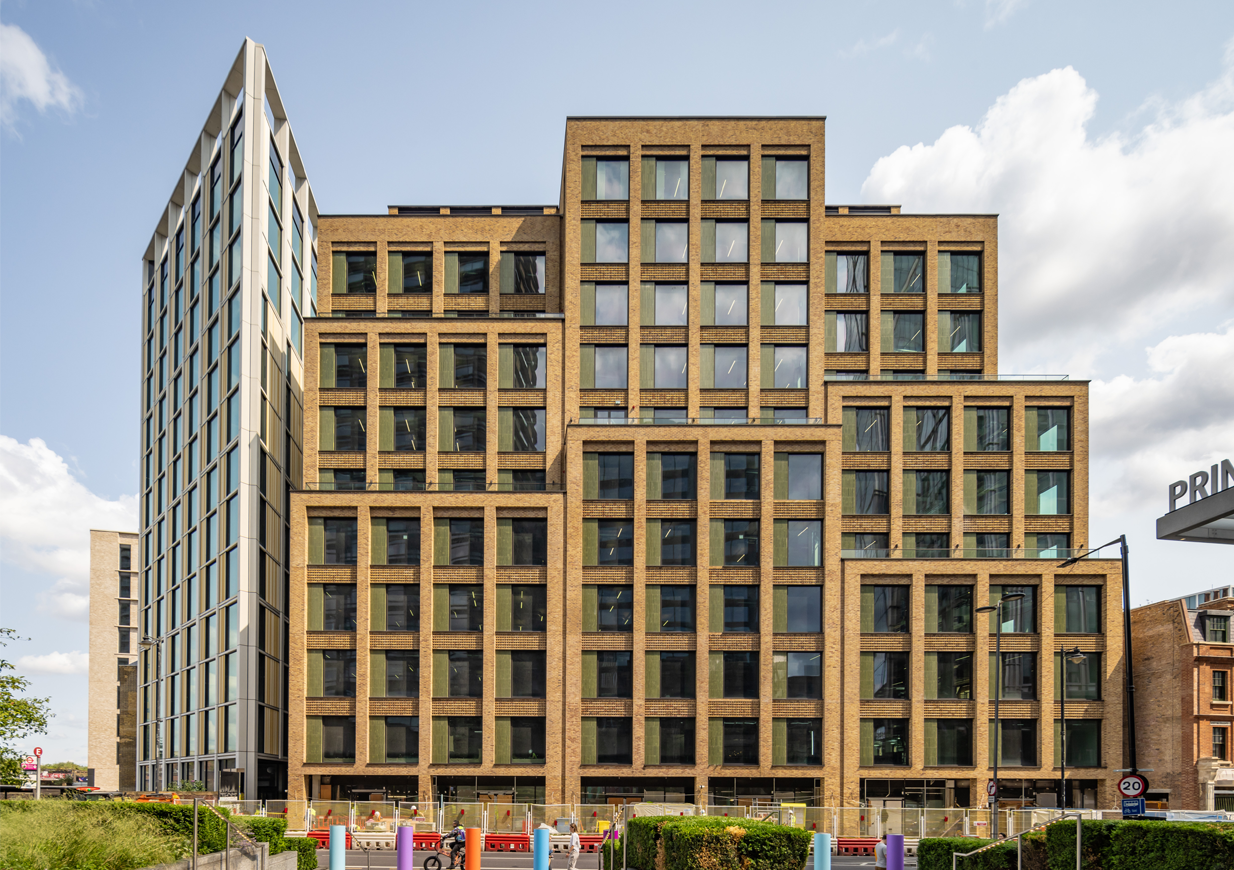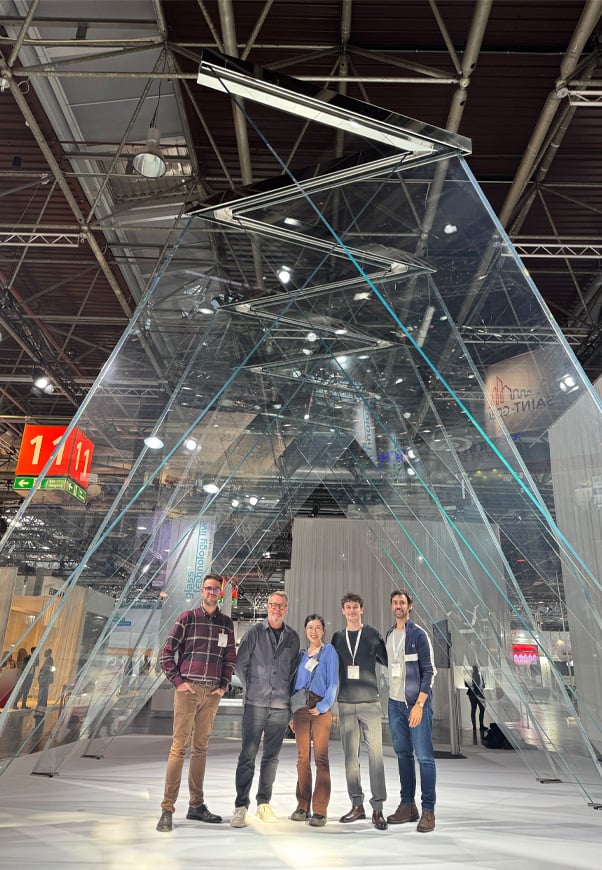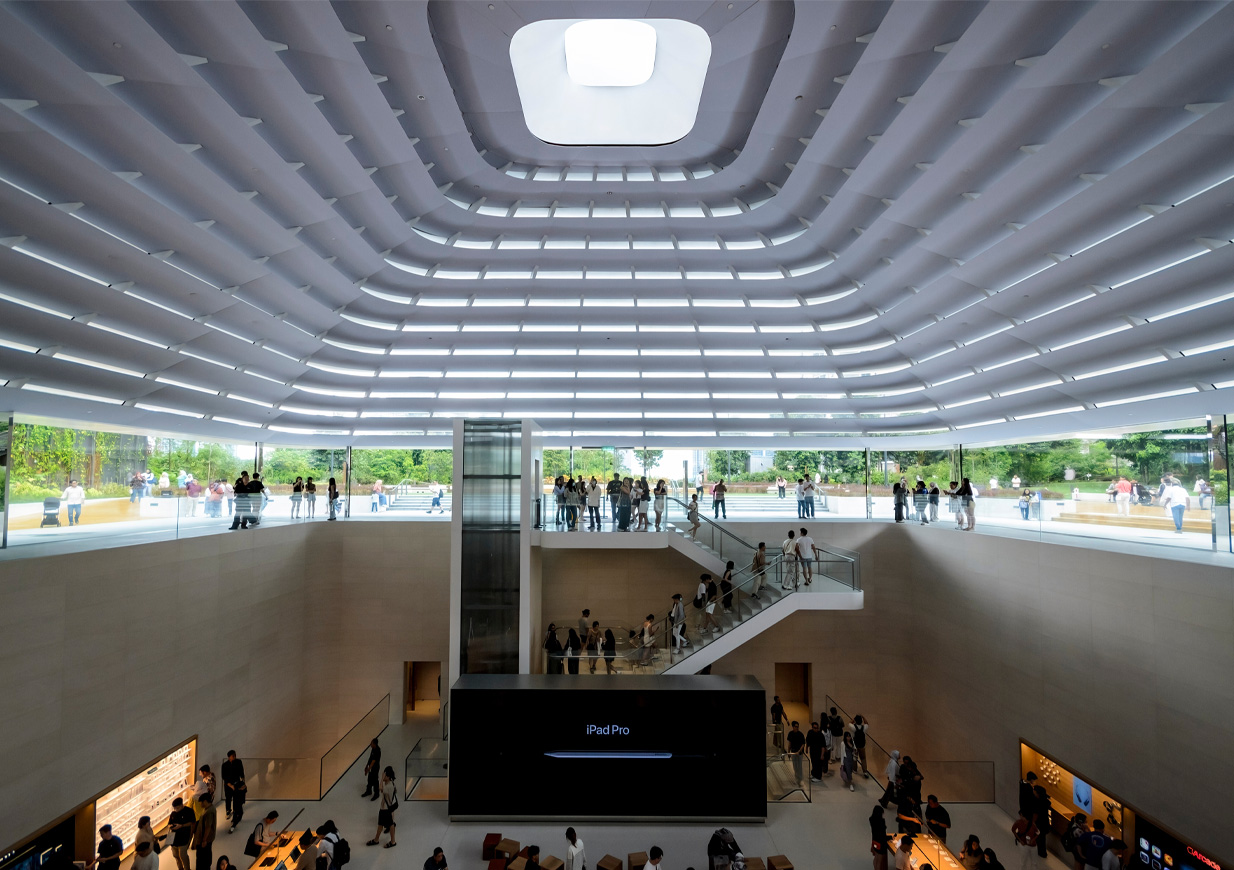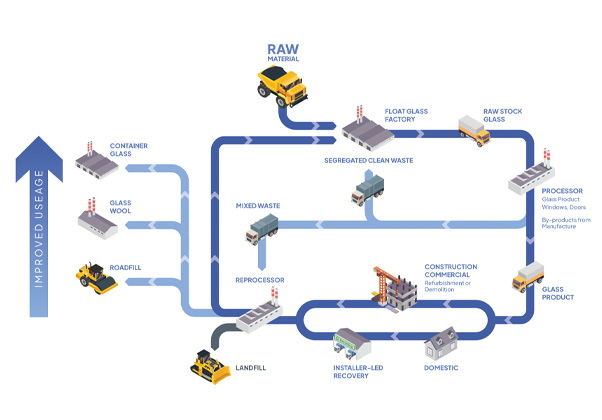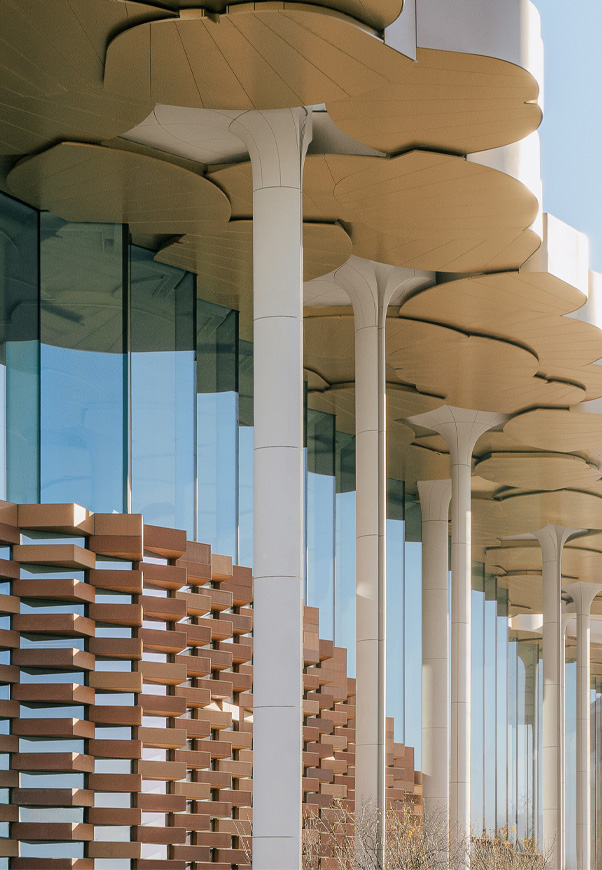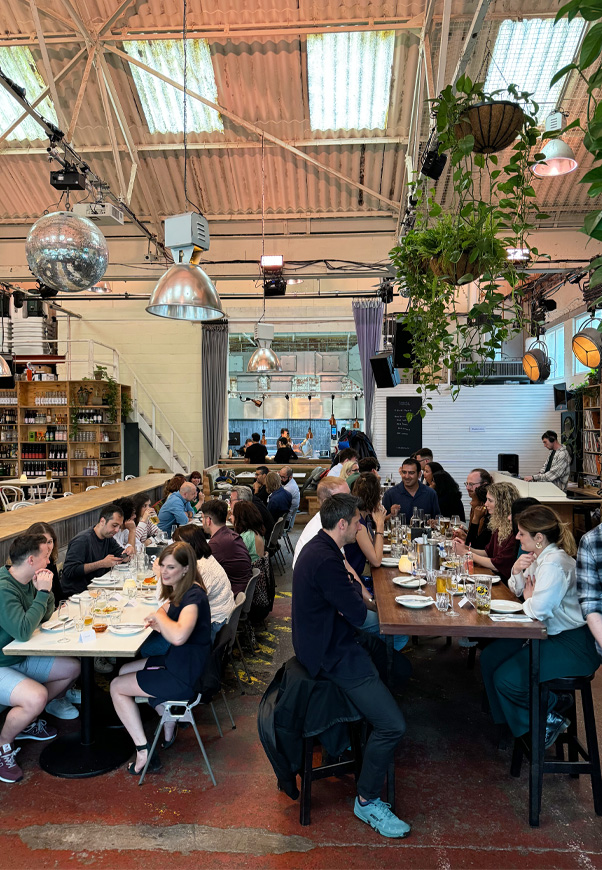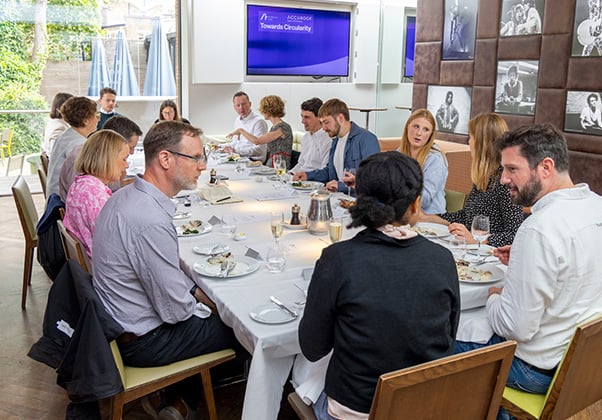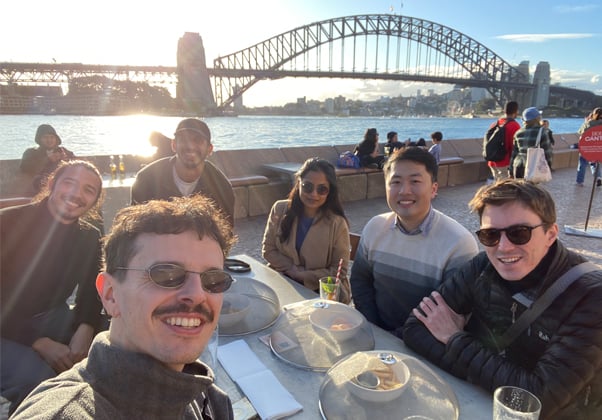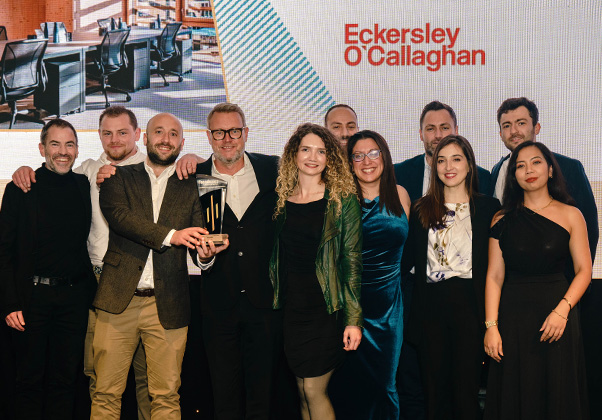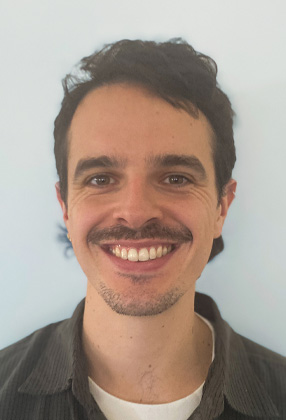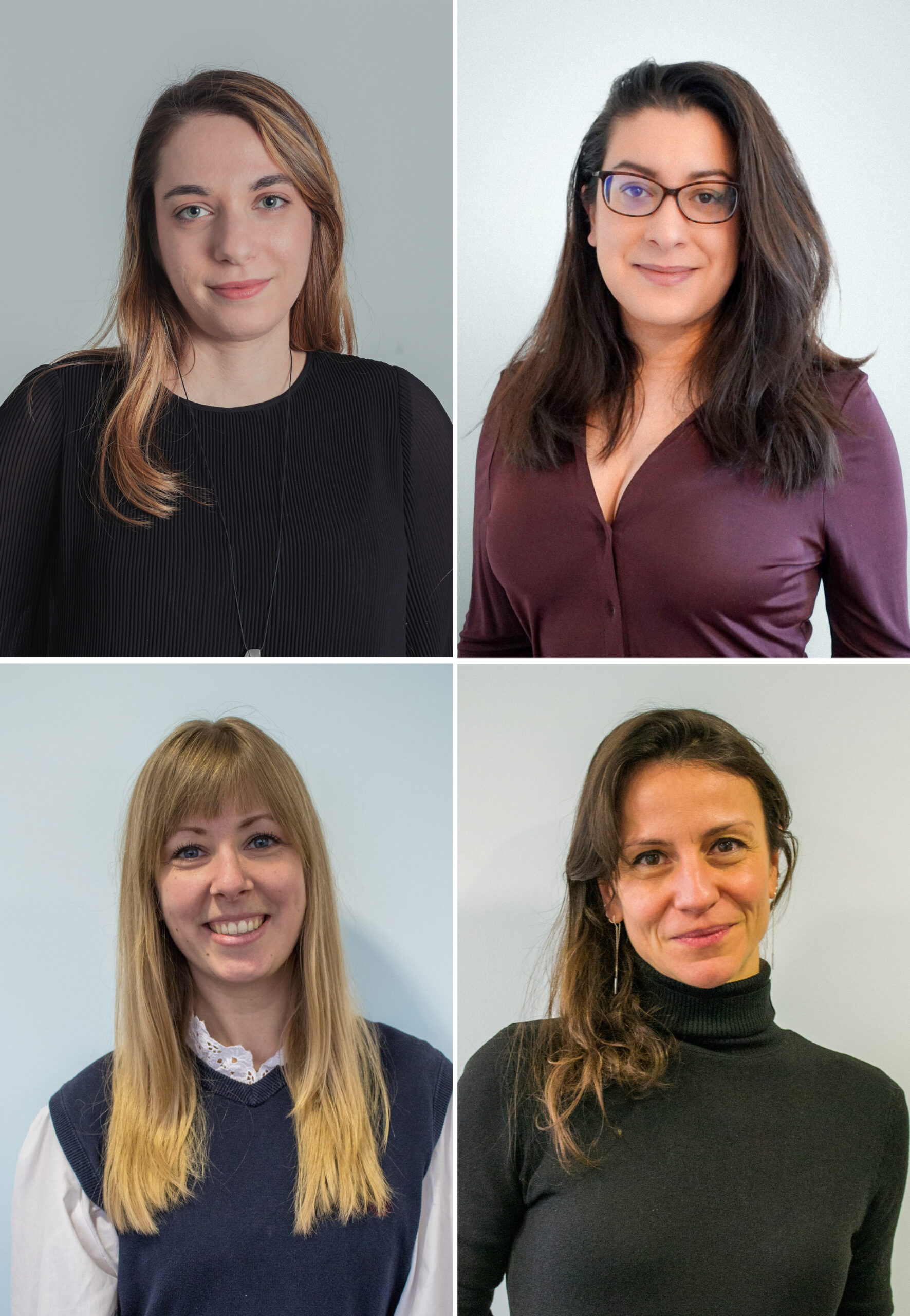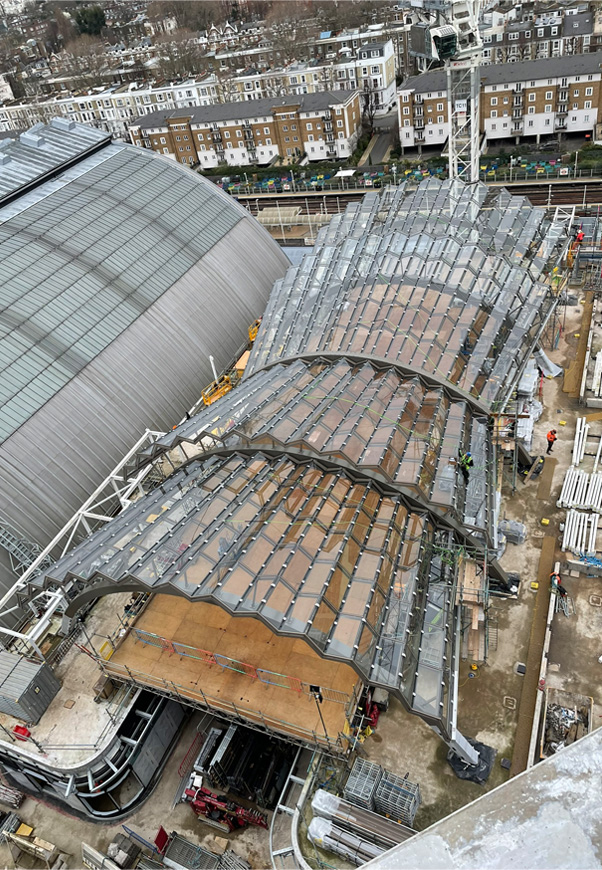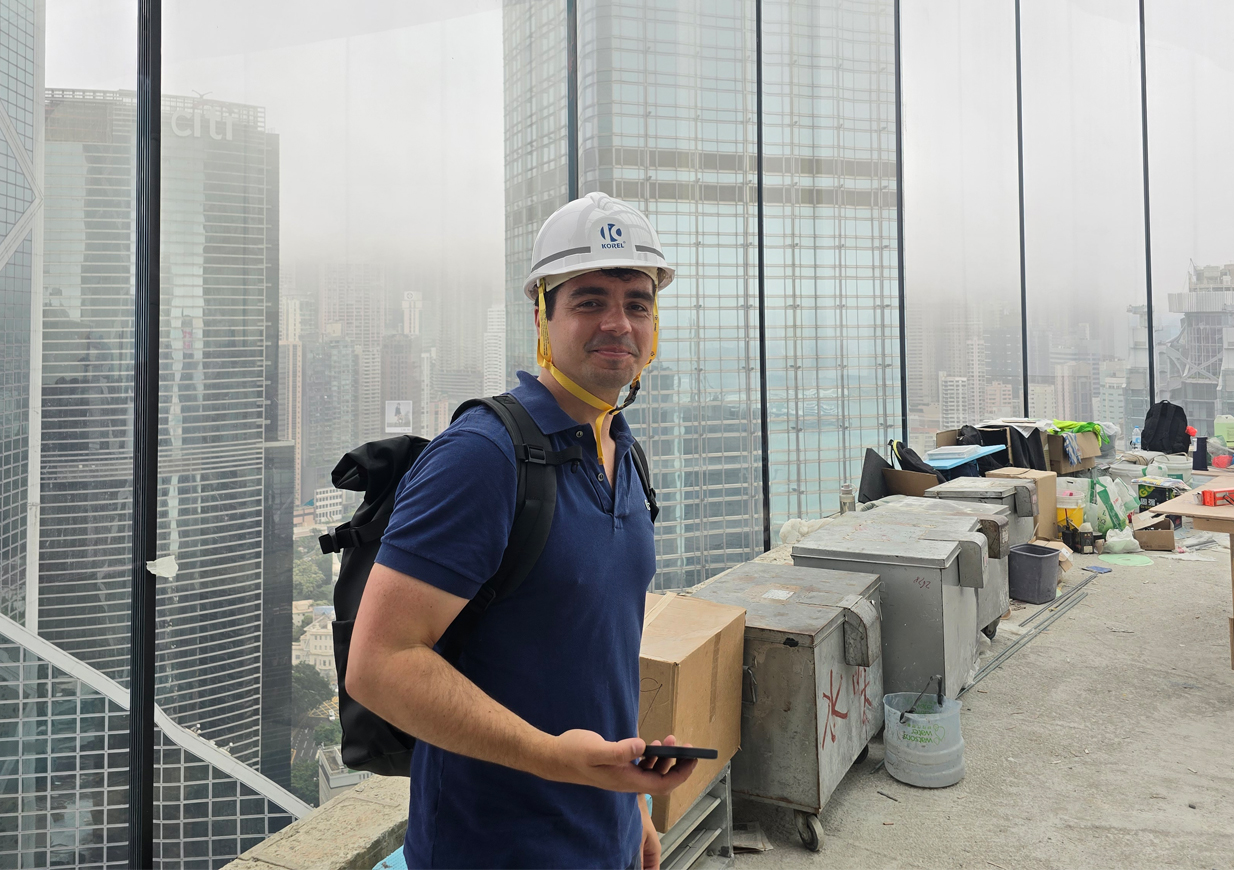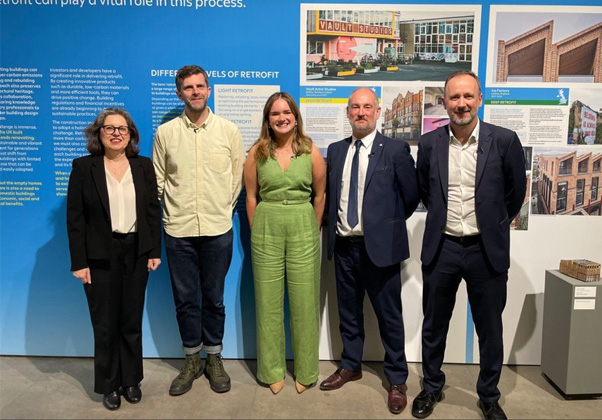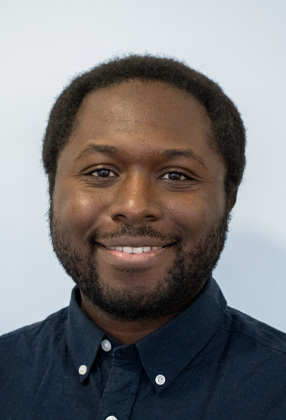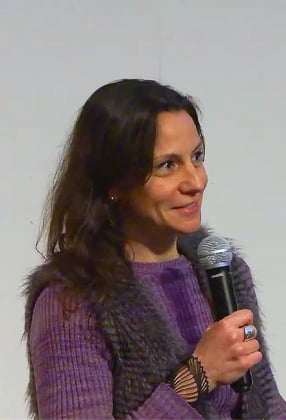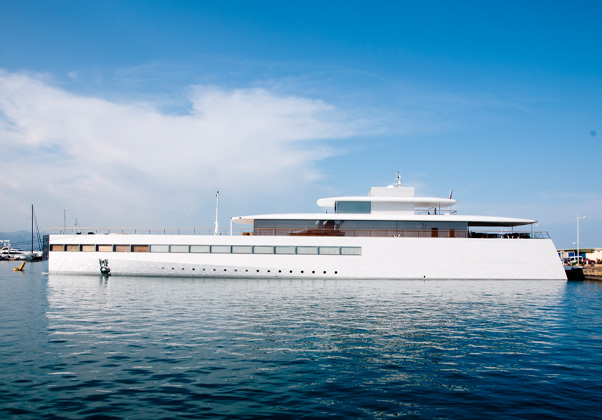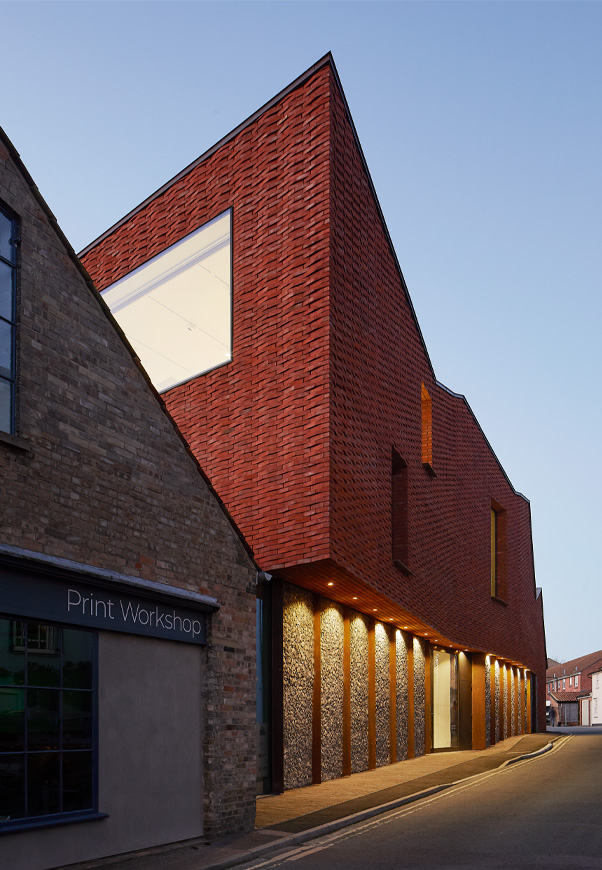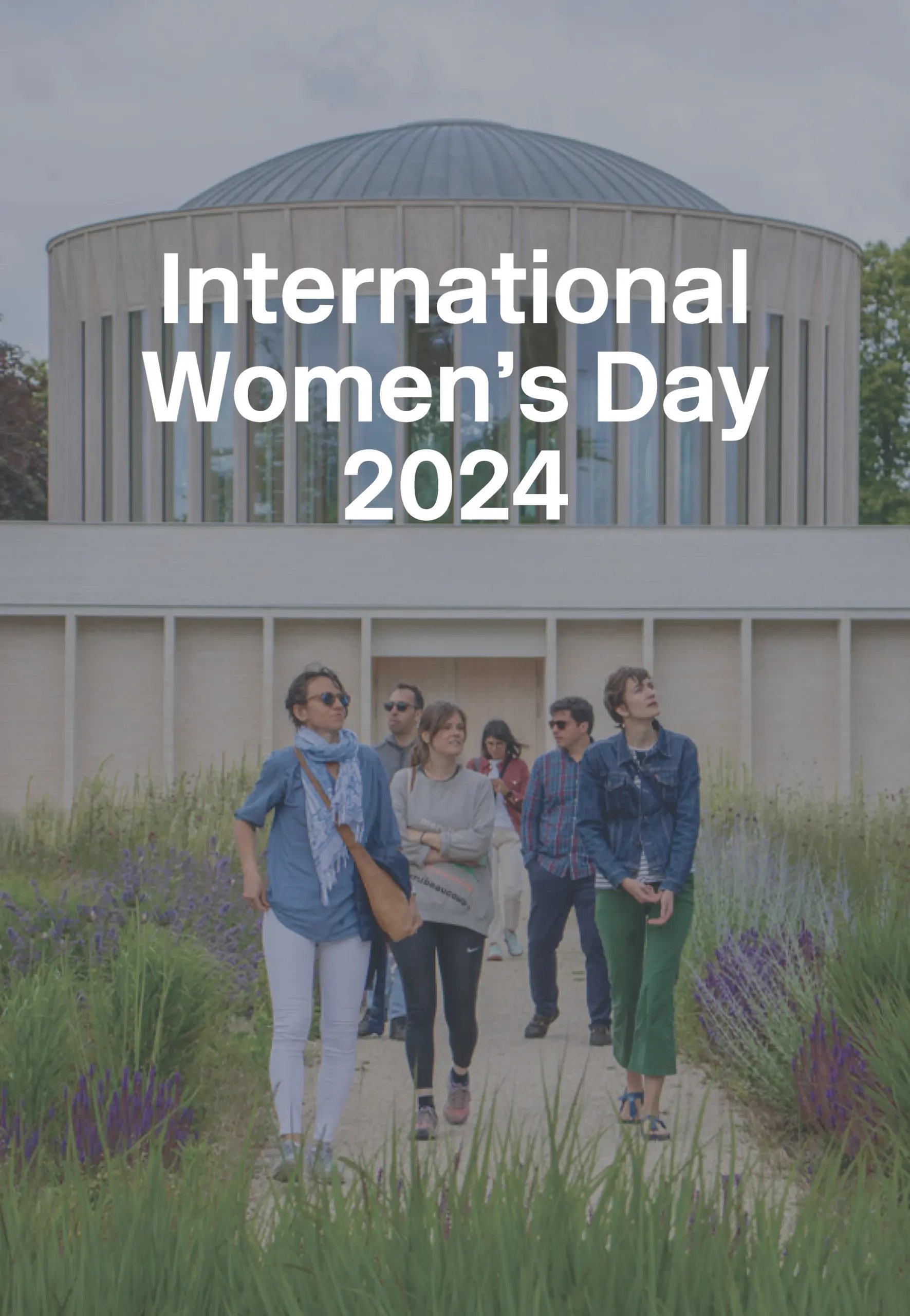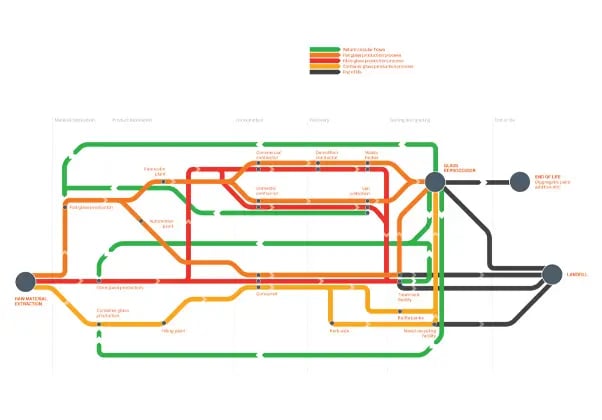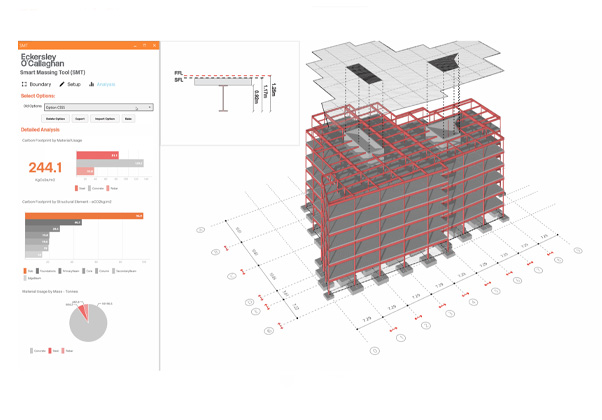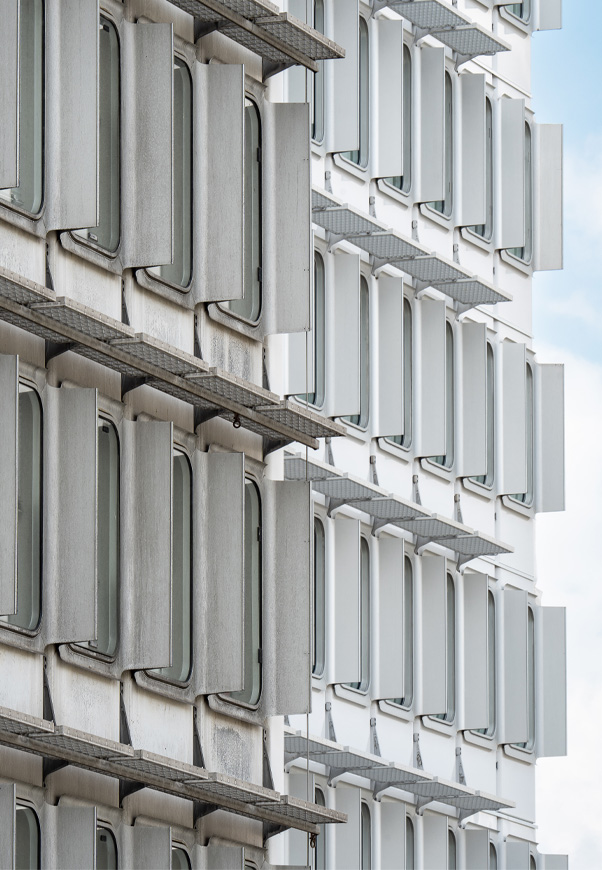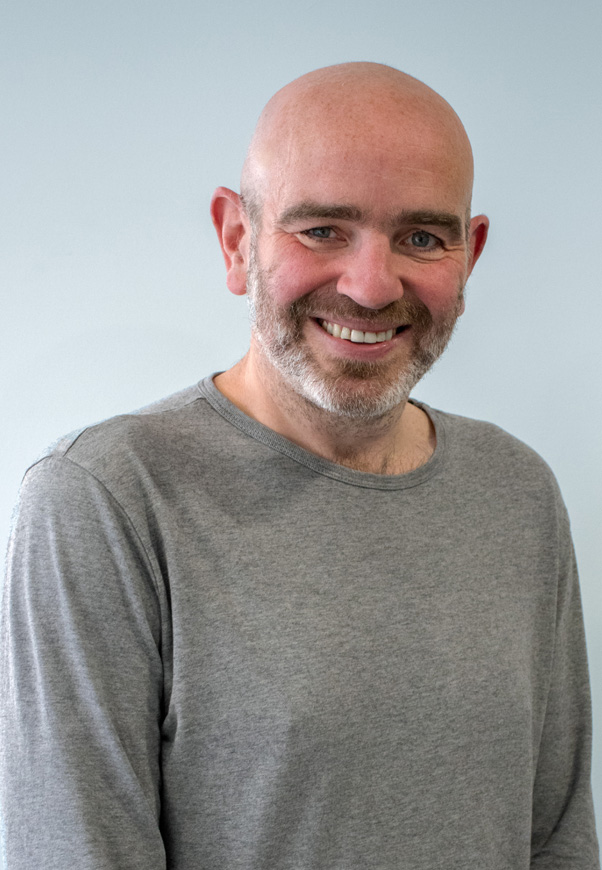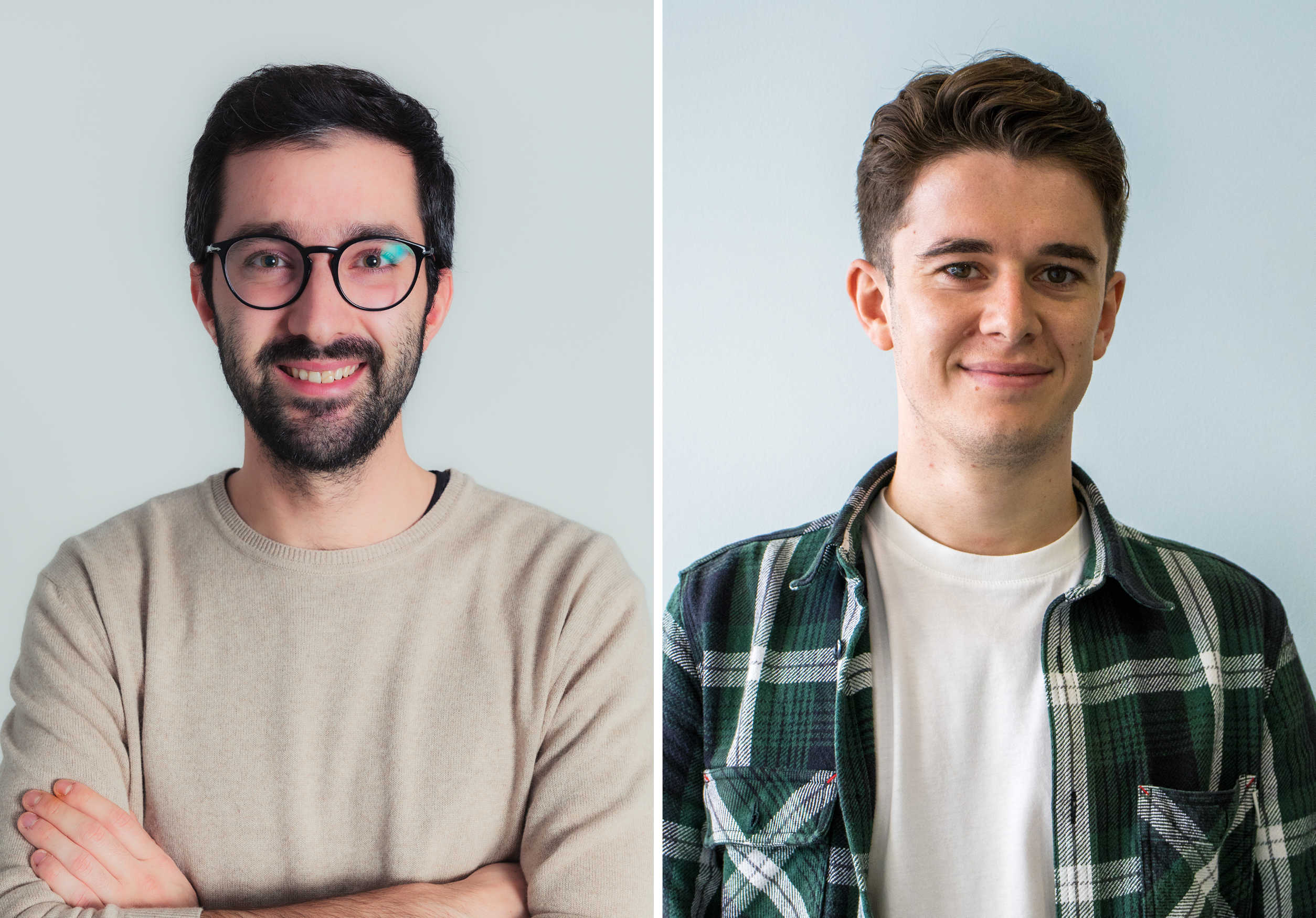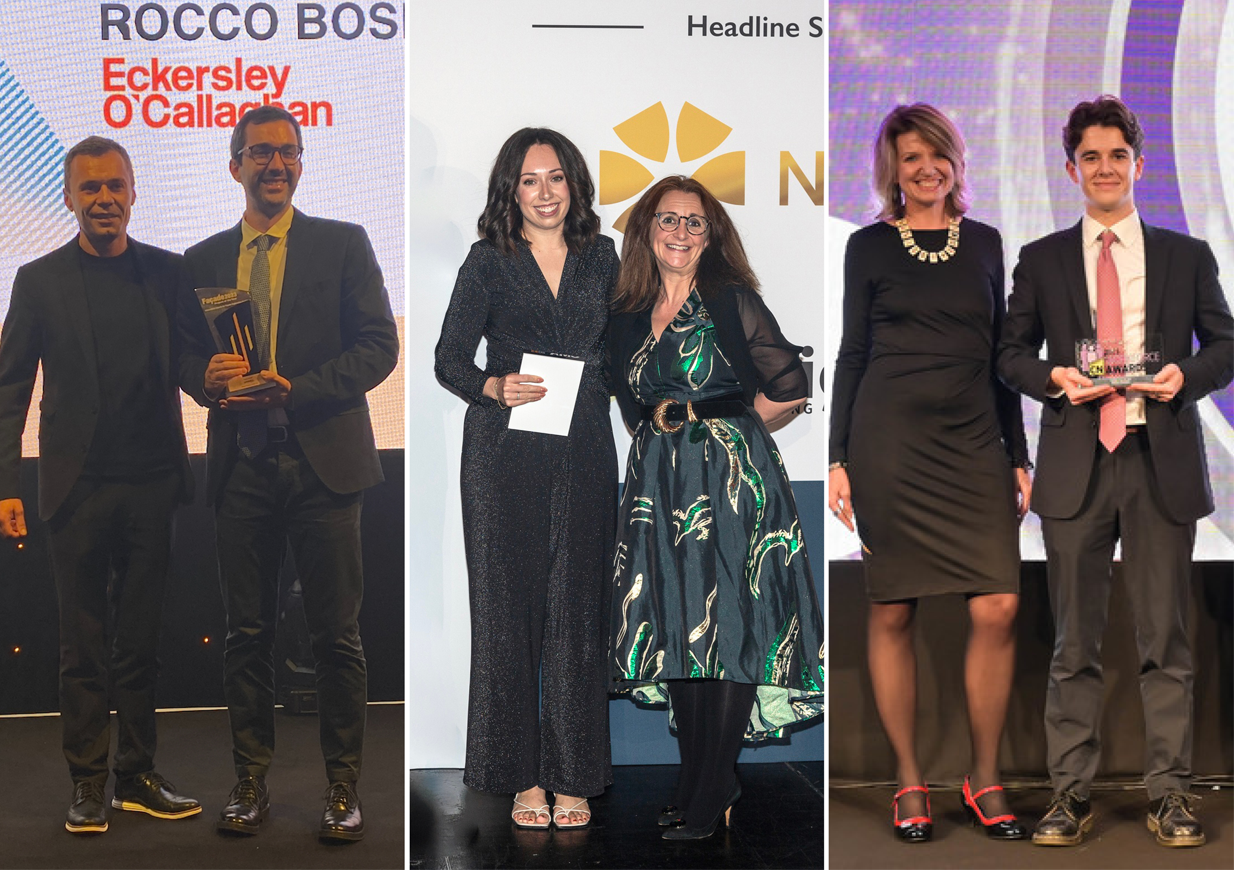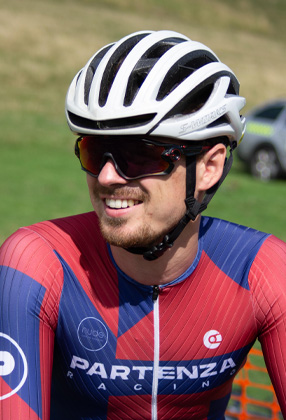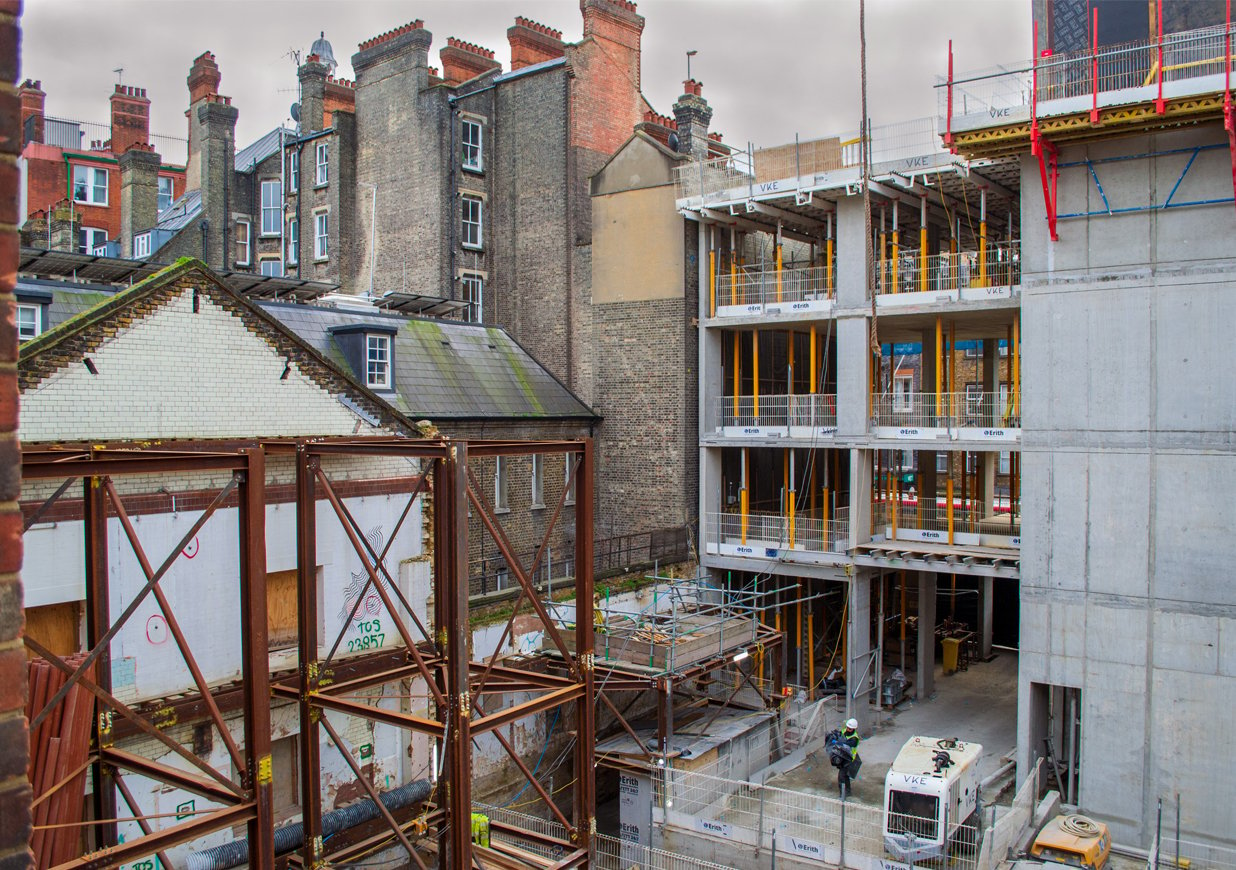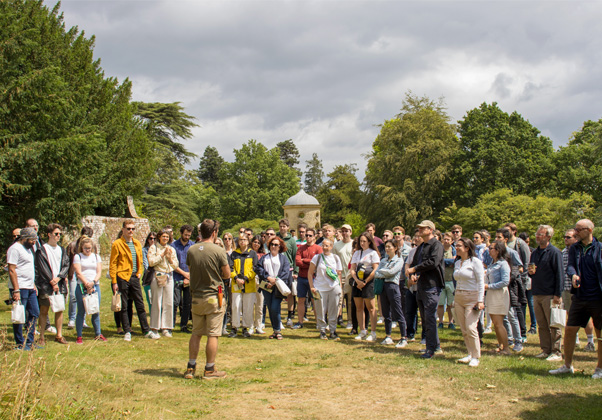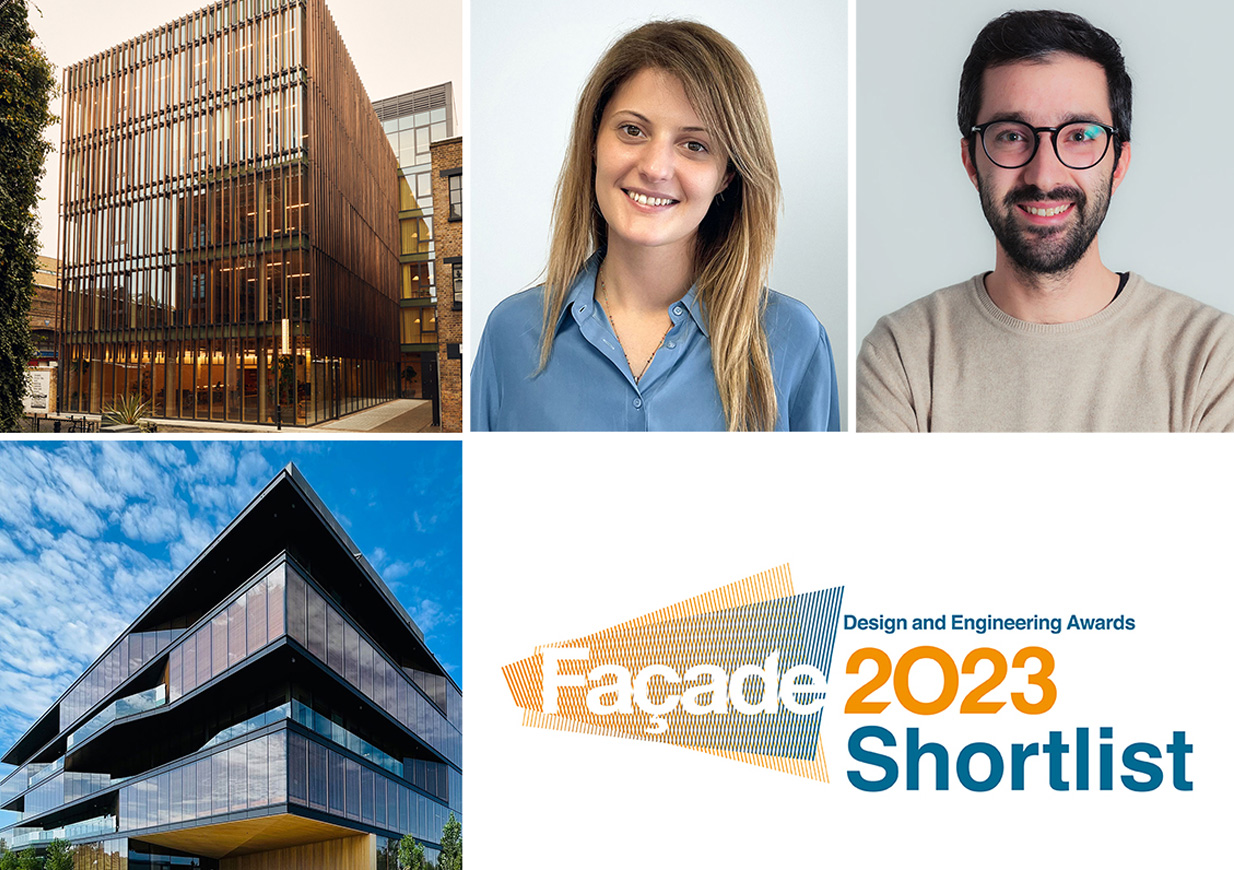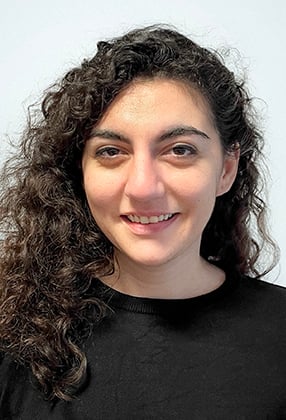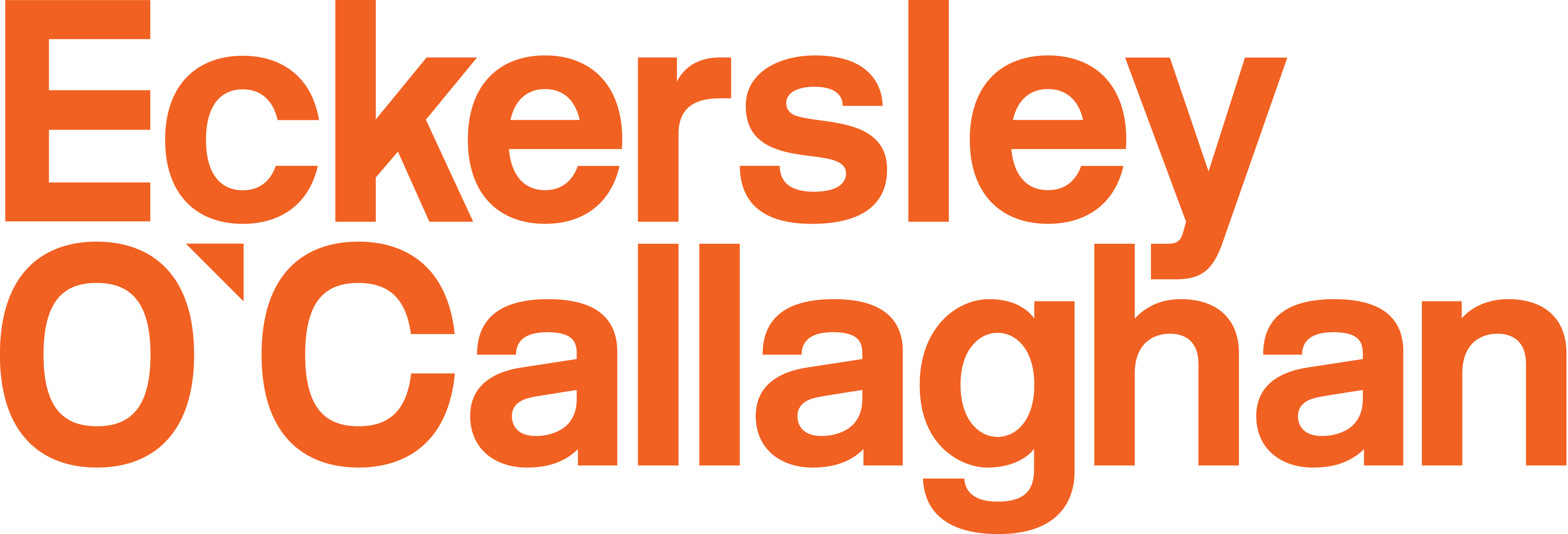Climate (Good) Friday | Building cyclone resistant timber buildings
10 July 2021

10th April 2020
In this special edition of Climate (Good) Friday, Structural Engineer Maxime Chollet explains how we at Eckersley O’Callaghan are giving back with an ethical, sustainable project – carried out pro bono – in one of the world’s most vulnerable areas to climate change and disaster risks.
“Global Warming is a multi-faceted phenomenon which challenges every biologic system from the ocean’s depths to the highest atmosphere. However, we are not all equal in front of it. Most vulnerable populations across the globe already experience adverse effects of ongoing climate trends and see increasing threats over their future resilience. This is why, beside our #Engineerdeclare commitment to tackle Global Warming, EOC has launched our own Engineering in the Developing World initiative to support international development projects.
As part of the feedback we received around the “la Référence” IstructE Sustainability Award last year, we were contacted by CAUKIN Studio, a collective of young architectural designers seeking to tackle “social, environmental and economic problems through beautiful, well-crafted design”. They were seeking structural engineering support for their new project, Tanbok School in the Vanuatu archipelago around 2,400km off the eastern coast of Australia.

The project consists of the construction of a new school for six classes and a library after the destruction of the previous building during 2015 cyclone Pam. Since the cyclone, the community has been able to construct a number of new classrooms and a teacher’s office, however there are still two class groups being taught in temporary shelters constructed from old iron roofing – without windows, light or ventilation.
In this project, EOC is assisting CAUKIN to design a new cyclone resistance timber frame using locally sourced construction material. During the design process, we are using methodologies to minimise its environmental impact and ensure the local community can independently maintain and restore the building in the future. We are also giving them the skills to learn from this experience to build more for themselves in the future. Moreover, because the area experiences extremely high humidity with the moisture causing damage to buildings, books and teaching supplies, we are exploring environmental design strategies that can help reduce the relative humidity within the space, prolonging the lifespan of the books stored within.
The new school is due to go to site in July this year and weather permitting, will be completed in a rapid eight week construction period by September this year.”
This project is addresses numerous UN Sustainable Development Goals:
| Fully | Partially |
| 4 – Quality Education | 1 – No poverty |
| 5 – Gender Equality | 3 – Good health and well-being |
| 8 – Decent work and Economic Growth | 7 – Affordable and clean energy |
| 9 – Industry, innovation and infrastructure | 11 – Sustainable city and communities |
| 10 – Reduce inequalities | 12 – Responsible production and consumption |
| 17 – Partnerships for the goals |



